
Author: Ivana Milicevic Kalic
Often when we get to know a new country, people, culture, we wonder what the national cuisine is like and what we can be pleasantly surprised by during the visit.
There are many interesting things that attract tourists to visit Montenegro, so apart from the long and rich history, cultural-historical monuments and natural beauties, it can be expected that among the decisive reasons will be food, i.e. - traditional Montenegrin dishes and gourmet specialties. The dishes served on the coast are significantly different from what you will be served if you are in the north of Montenegro or in its central part. Nevertheless, in every part of the country, for several dishes, they will proudly point out that they are ours, traditional. All types of national dishes are available throughout the territory of Montenegro, in restaurants with national cuisine or in households, if you are someone's guest.
Montenegro was under the rule of Turkey for almost 5 centuries, so the great influence of Turkey is visible in the people of Montenegro, especially when it comes to the preparation of dishes such as: pies, burecs, kebabs, baklava, sarma, kebab, moussaka, pilaf... .
Montenegrin cuisine, although it has been influenced by Italian, Turkish, Hungarian and other cuisines, has its own national dishes. Italian influence can be seen in the way meat, bread, sausages, raštan or cheese are prepared in the continental part of Montenegro or along the Adriatic coast. The influence of continental Europe is noticeable in the preparation of jams, cakes, and doughnuts.
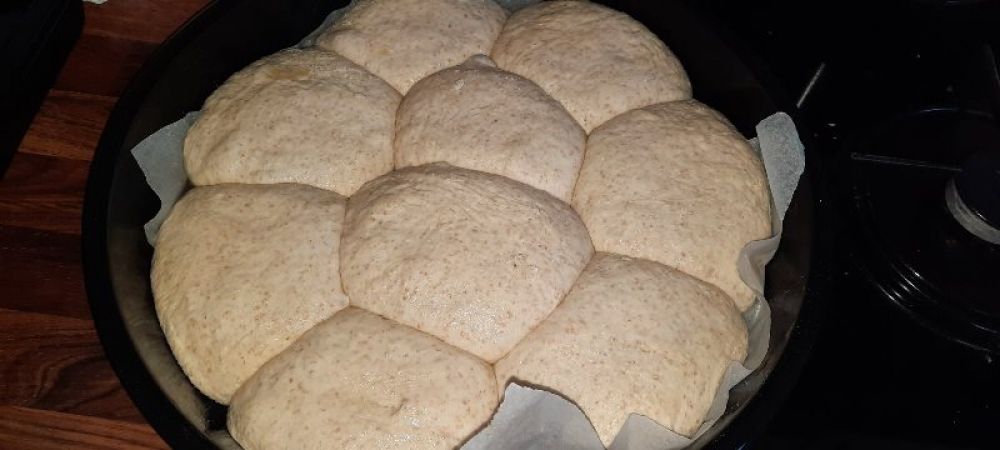
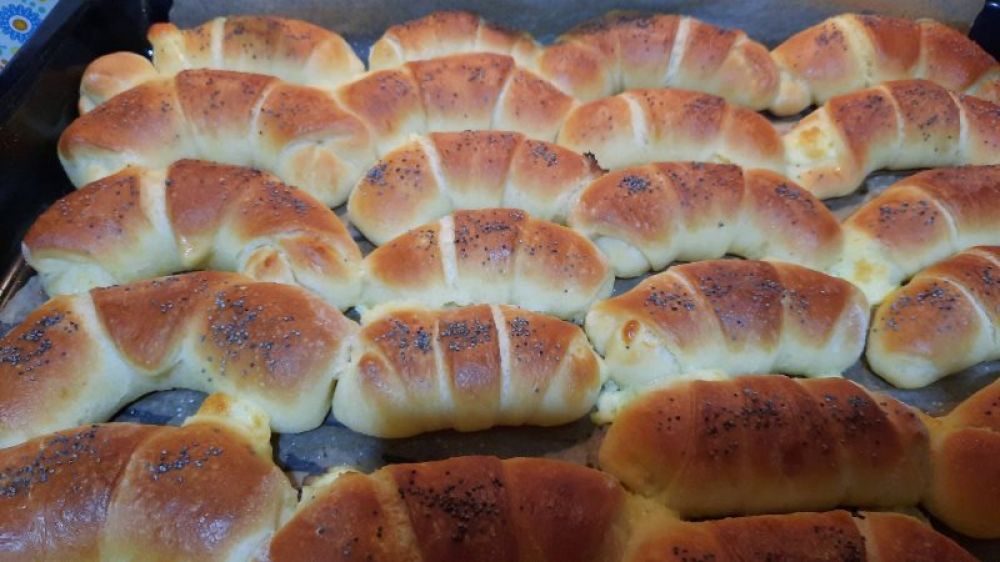
When preparing goulash, sataraš, đuveč or similar dishes, which are often found on the table in homes throughout Montenegro, the influence of Hungarian cuisine is noticeable, while on the coast the influence of Mediterranean cuisine is most pronounced, which is visible in the preparation of common seafood dishes.
In addition to fish and seafood, which are characteristic of coastal cities, other types of meat are also readily prepared in Montenegro, primarily mutton and lamb in the interior parts of the country, then pork, beef and chicken. Combinations of dishes with vegetables and dairy products are a favorite way of "seasoning" dishes and giving them a special aroma and fullness of taste, which is exactly what Montenegrin cuisine is characterized by.

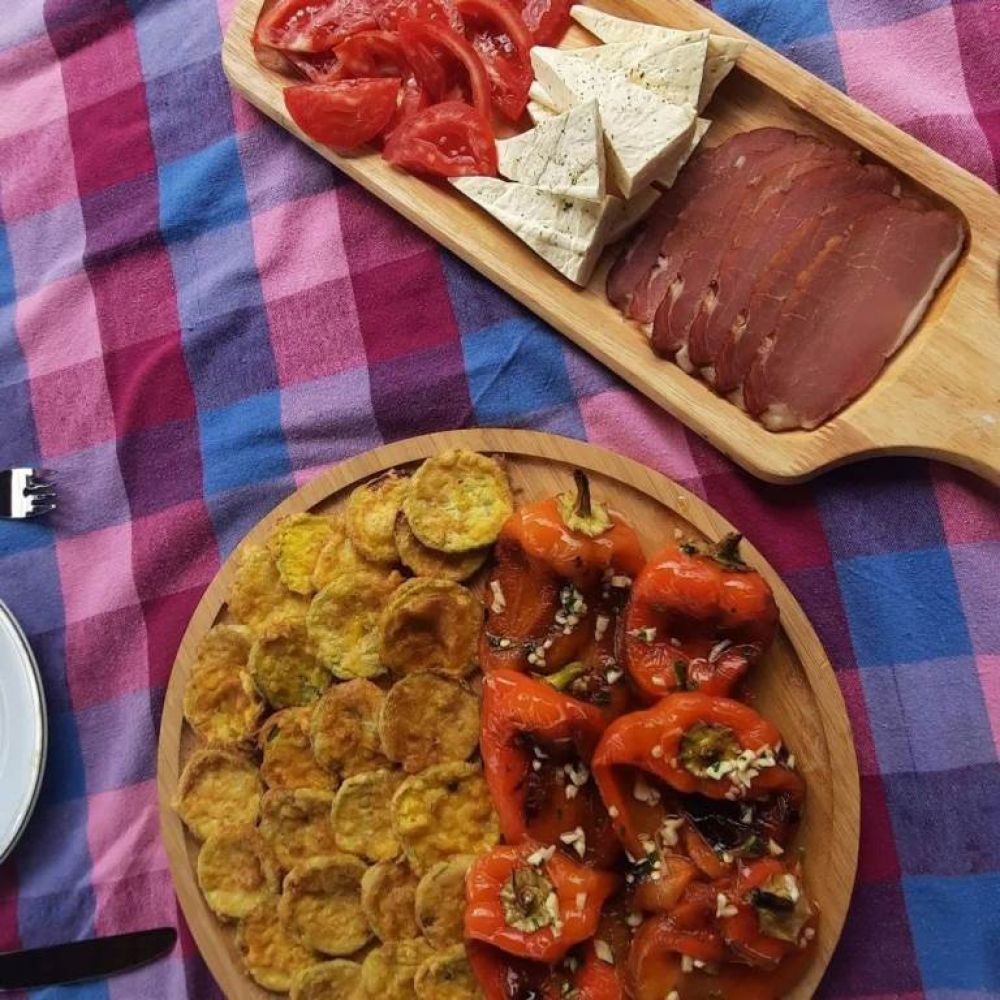
Below we will list some of our most famous traditional dishes.
Popara - by mixing pieces of bread with milk, oil and cheese, you get an interesting and inexpensive dish deeply rooted in the Montenegrin diet.
Boiled potatoes - a light and favorite meal, accompanied by cheese and sauerkraut. It is prepared simply - by boiling the tubers, i.e. potatoes, for half an hour.
Corbe - soups in Montenegro are prepared mostly with noodles, potatoes or vegetables. The nettle broth is especially interesting, and almost none of them omits cooked fresh meat, so they are very nutritious and rich.
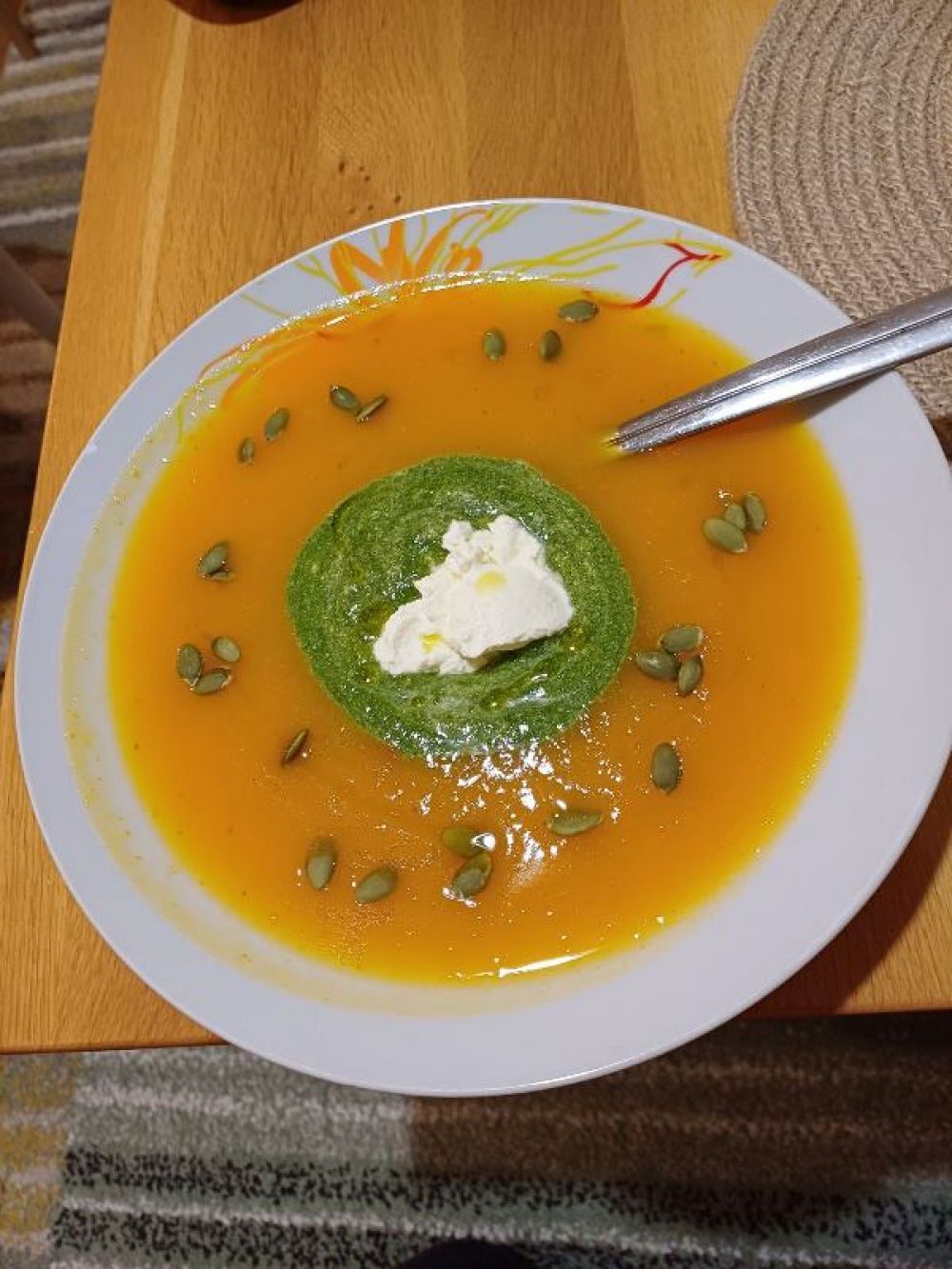

Raštan – a very tasty dish made from local vegetables from the cabbage family, cooked with white potatoes and lots of spices.
Japraci (Montenegrin variant of sarma) – an extremely rich and nutritious dish. In addition to raštan and beef, rice, pepper and even dried meat are added.
Kačamak – a mushy dish made from wheat, buckwheat, barley or corn flour and served with cheese and sour milk. Smočany kačamak is the kačamak to which cheese is added, i.e. kajmak and which is mixed for a long time with a special wooden spoon. The taste is even better in this case, and people in the villages prefer it because it gives them the energy they use up by working harder. It is available in every national restaurant. Potato kačamak is perhaps the most interesting variant of this dish.
Cicvara – white boiled potatoes and sour milk are usually served with this dish. Young cow's cheese or cream is mixed with flour until the fat is released. It is a dish with a high energy value and a pleasant taste.
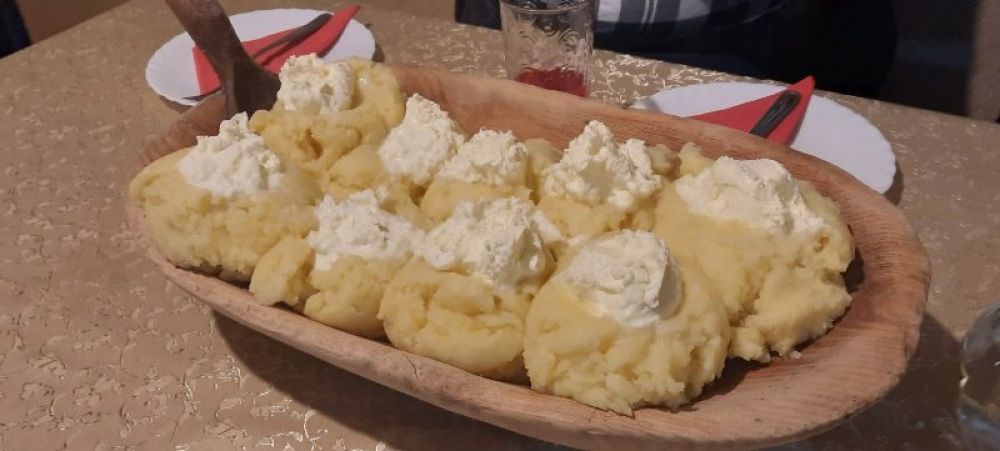
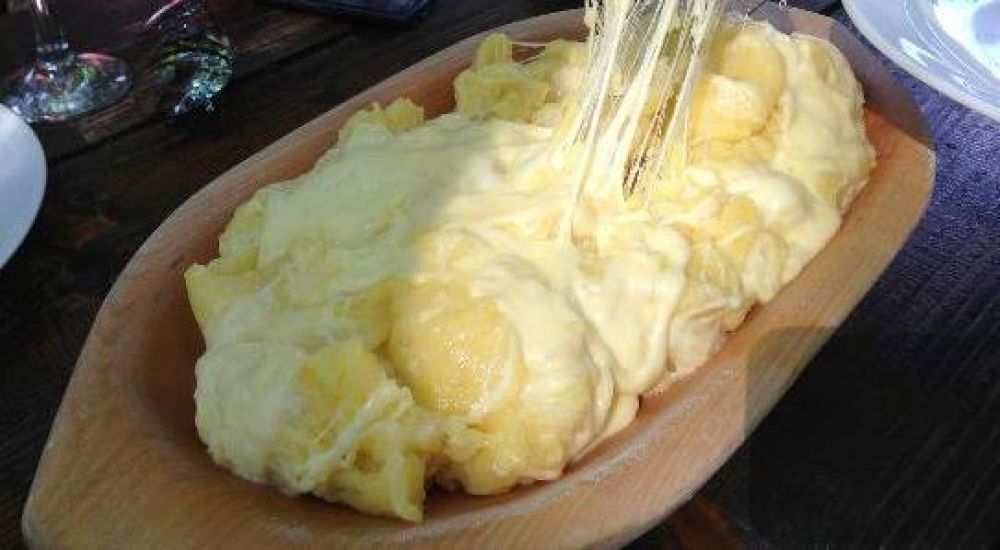
Lamb in milk - is a real specialty. Lamb meat is cooked in homemade milk with the addition of spices and potatoes.
Braised lamb - when it comes to braised dishes, it would be interesting to describe the preparation process itself. Dishes under the sach are far tastier than all because they are prepared in an almost ancient way - meat and potatoes are placed under a metal cover, the so-called. sach, which is then covered with embers and ashes. In this way, the aroma is retained, and the dish is evenly baked in a natural way. Lamb, for example, is tastiest if it is prepared in this way. Montenegrin national restaurants prepare it in this way even today.
Sausage - prepared by drying, most often in Njeguši, using a special technique. It is extremely tasty and strong.
Prosciutto – the most famous prosciutto, from Njeguški, leads in quality compared to all the others. This is meat that is taken care of day and night, while it is dried exclusively on beech wood for several months. It is served with homemade, mostly grape brandy, and Njeguš dry cheese.
Podgorica popeci - an interesting arranged dish; a piece of cheese or aged cream and a piece of prosciutto are wrapped in a veal steak, further frying and frying gives an excellent dish with a juicy and rich interior and a tasty and crispy exterior.
Food on the grill - Montenegrins are known as big fans of barbecue. Kebabs and burgers are especially delicious, and they go well with onions. These are the two most popular dishes among young people and are offered in fast food restaurants.
Pies - which can be salty or sweet, are very present on the table of the northern region of Montenegro and are very often used as the main dish in the family. Savory pies are generally made from greens (meadow, spinach, swiss chard, nettles), potatoes, squash, leeks, cheese or mushrooms, and sweet pies from apples and cherries. Also, there are several ways of preparing pies, so the most common are puff pies (stacked and rolled), and to a lesser extent quick pies, which can be made from corn or wheat flour. A special pie that is known in the northern region, prepared in a different way, is buckwheat pie or buckwheat as it is popularly known.
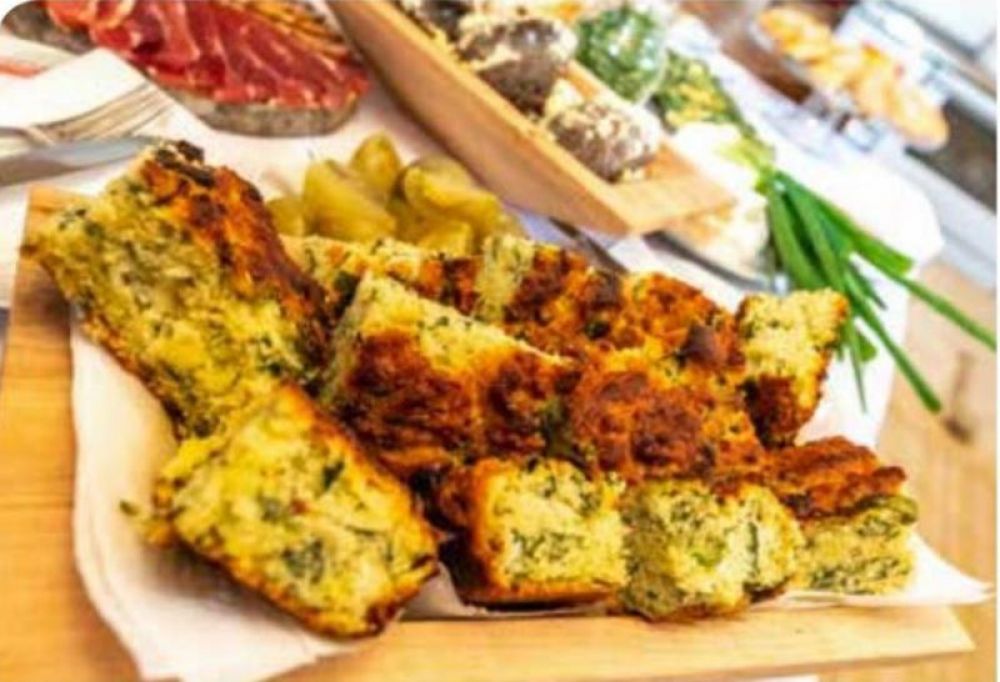

Pekmez is a homemade sweet fruit spread made from hand-picked ripe fruit. Jam occupies a special place on the shelf, in food and in the hearts of all sweet tooths. You can spread it on hot white bread or pancakes, or add it to cakes and salad dressings. The jam is cooked in battered pots and mixed by hand with wooden stirrers.
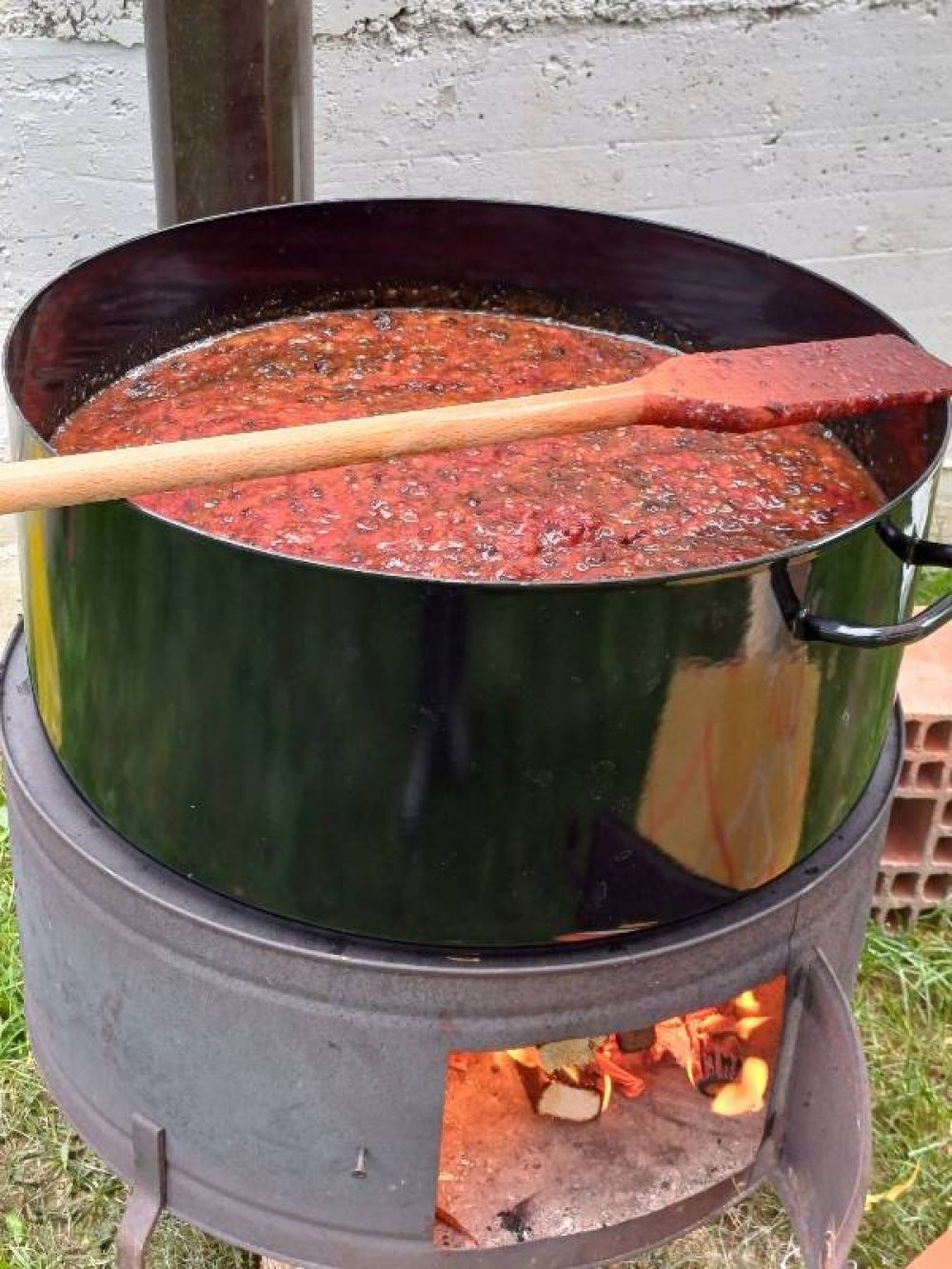

As for desserts in the north of Montenegro, we can say that there is a diverse offer, depending on the season. We emphasize traditional cakes that can be prepared throughout the year: gurabija, hurmašice, utuma, halva, tulumbe... In the summer period, cakes with seasonal fruits (raspberry, blueberry) are mostly prepared, and in the winter period, mostly boiled pumpkin, ixijash (boiled fruit ).
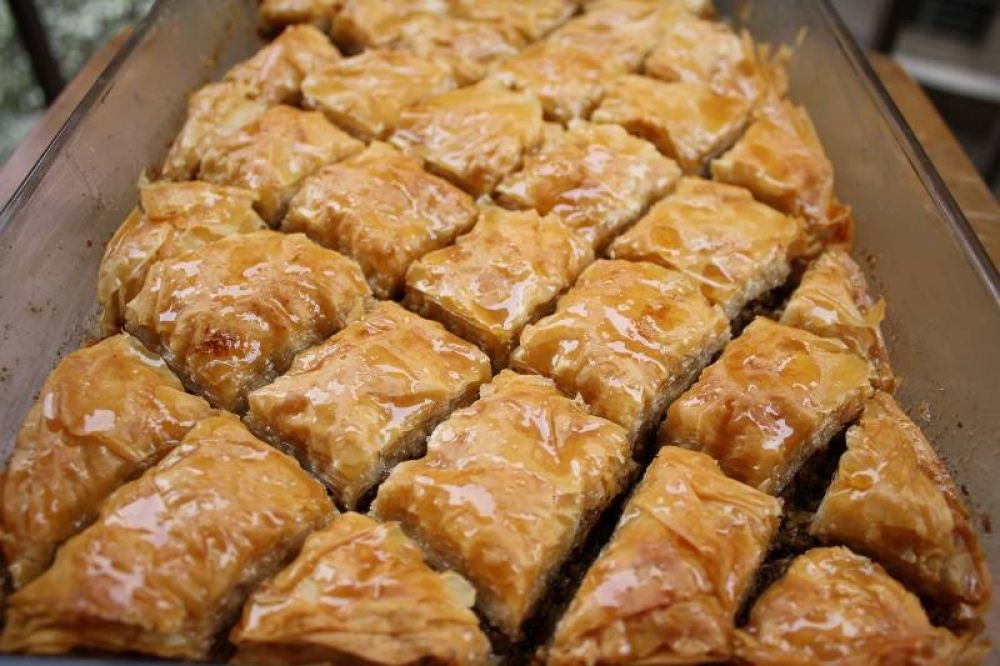
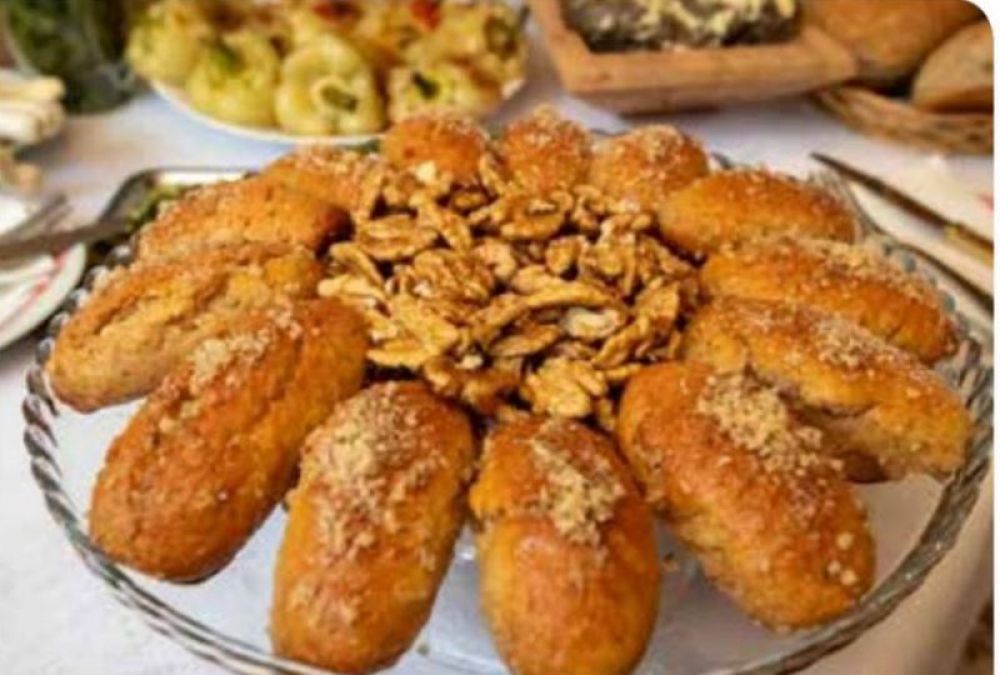
No host will allow a guest to enter or leave his house without tasting one of the drinks he made such as: wine, beer or brandy. Although you may not have heard of Montenegrin wines yet, they are a delicacy that is definitely worth tasting. Also, for those who like stronger drinks, we recommend our local traditional drink - brandy.
If you are hungry from the story about traditional food in Montenegro, you have nothing else to do but to plan new adventures through our country. Open doors await you here, the best place at the table and the best your host can offer...
Traditional national cuisine opens its doors - taste the tradition. We are waiting for you.
Subscribe to our newsletter to get exclusive discounts and new offers right in your inbox.